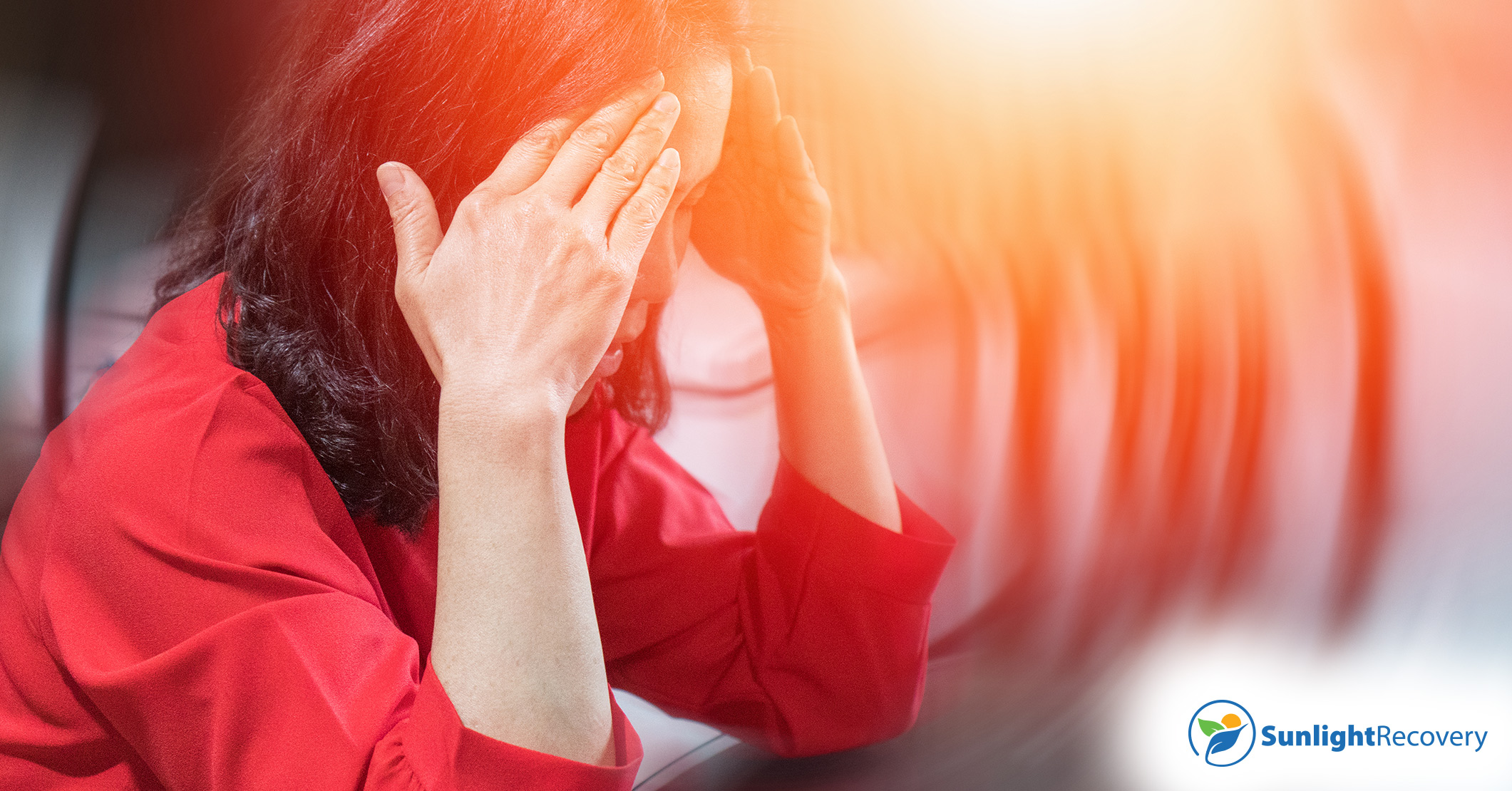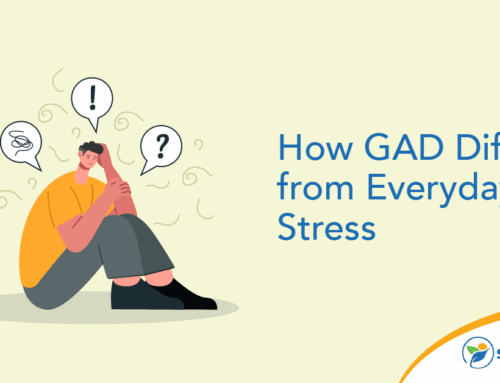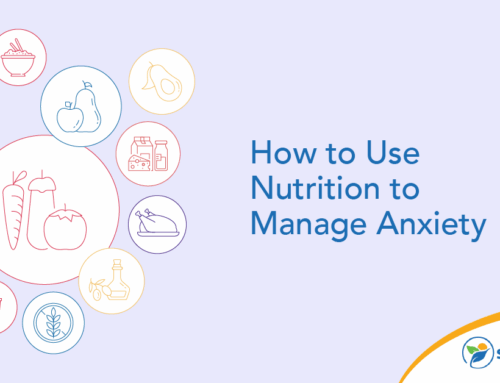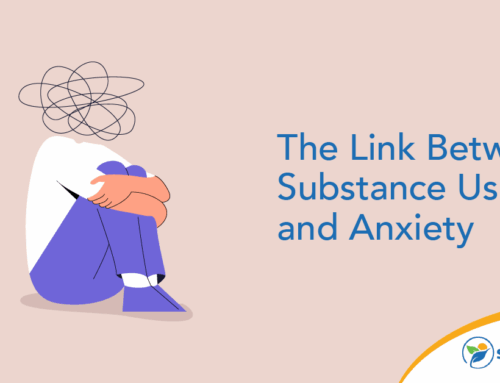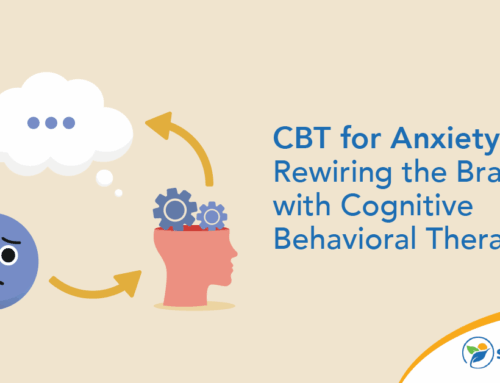Anxiety is the most common mental disorder in the world. According to the World Health Organization, more than 301 million people experienced anxiety in 2019, and some of those people face debilitating anxiety attacks. Identifying effective strategies for anxiety attack relief can minimize your symptoms and help you take on life more confidently.
Understanding Anxiety Attacks
Occasional bouts of anxiety are common and seemingly inevitable. However, when typical symptoms of anxiety progress, you might experience an anxiety attack, which can have negative health effects and interfere with everyday life. Anxiety attacks occur in especially stressful and anxiety-inducing situations, which may vary dramatically for every individual. Sometimes an anxiety attack occurs after a long-term stressful situation. For example, individuals might experience anxiety attack symptoms after constant worry related to work, finances or health. Additionally, some people experience anxiety attacks leading up to the stressful situation as the anticipation of the stressor becomes too much to handle.
Anxiety attacks often occur without warning. The body releases stress hormones during an anxiety attack, which results in physical and mental symptoms. Physical anxiety attack symptoms include heart palpitations, difficulty breathing, chest pain, hot flashes or chills, trembling, hyperventilating, nausea and stomach cramps. Individuals might feel detached from reality, feel faint and experience a surge of anxiety. According to the American Association of Pediatrics, anxiety attacks can last anywhere from 20 to 30 minutes.
Being able to identify an anxiety attack is the first step in treating it. Coping with anxiety attacks when they occur and learning how to prevent them in the future is essential for individuals living with anxiety disorders.
Anxiety Attack Relief: Immediate Coping Strategies
It’s important to seek out anxiety attack relief as soon as you experience the onset of symptoms. Doing so can help you reduce your symptoms and remain engaged with reality. Because an anxiety attack often feels like a detached, out-of-body experience, it’s essential to stay grounded when symptoms strike. First, practice breathing exercises for anxiety, such as deep breathing. This involves breathing in for 5 seconds and then out for 7 seconds. Deep breathing increases oxygen in your brain and, in turn, promotes a sense of calm. Here are some other immediate calming techniques for panic attacks:
- Accept it. Accept that you’re having an anxiety attack and remind yourself that you’re safe and you’ll get through it.
- Engage your senses. Stay grounded by smelling a good scent or splashing cold water on your face to maintain a connection to reality.
- Step away from the trigger. If the space you’re in is triggering the panic attack, try to step away from it. For example, perhaps being in an especially crowded or loud space is contributing to your anxiety. Removing yourself from the situation can help you ride out the attack.
- Shift your focus. Find an item in your environment to focus on. Perhaps you stare at the ceiling fan in your home or a tree outdoors. Your mind will start to process that item, which can ease the anxiety attack symptoms.
Another effective strategy is the 5-4-3-2-1 technique that further engages your senses to help guide you out of an anxiety attack. This anxiety-coping technique requires you to identify five things around you that you see, four that you can touch, three that you can hear, two that you can smell and one that you can taste. When you focus on the senses, you shift your mind away from anxiety. Moreover, this technique grounds you in the present with a specific focus on what your senses are experiencing in the moment beyond the anxiety attack symptoms.
Long-Term Anxiety Management
While these calming techniques for anxiety attacks can help in the moment, you also want to minimize the onset of anxiety attacks entirely. Long-term anxiety management can help you learn specific strategies that combat the rush of anxiety that triggers a host of unwelcome physical symptoms. Consider these options for long-term anxiety attack relief.
Cognitive Behavioral Therapy
Cognitive behavioral therapy (CBT) is a popular technique aimed at easing the symptoms of anxiety. According to the American Psychological Association (APA), CBT focuses on changing a person’s thinking and behavioral patterns to offset the symptoms of anxiety. During CBT, the individual works alongside a mental health provider to navigate their unhelpful ways of thinking or negative learned behaviors. CBT relies on a variety of strategies to change unhealthy thought patterns or behaviors, including:
- Acknowledging and evaluating problematic thought patterns and behaviors
- Building problem-solving skills to face difficult or anxiety-inducing situations
- Developing self-confidence in an effort to confront anxiety
Mindfulness Techniques
Mindfulness involves focusing on the present and accepting your thoughts, feelings and physical sensations within that moment. Practicing mindfulness for anxiety relief is another proven strategy. Initially, practicing mindfulness can be challenging for some individuals, but daily practice can help reduce the occurrence of anxiety attacks. Mindfulness can be achieved in a few ways. First, deep breathing exercises for anxiety can calm the mind and reduce negative physical symptoms. Daily meditation, another form of mindfulness, can also provide anxiety relief. You can start meditating just a few minutes a day and then build up to longer meditation sessions, which will help calm the mind.
Psychotherapy
Psychotherapy can also help with coping with anxiety attacks. During a psychotherapy session, you’ll meet with a trained mental health provider individually or in a group setting. While cognitive behavioral therapy is the most common way to treat anxiety disorders, other types of psychotherapy can help, too. For example, your provider may also suggest interpersonal therapy, which focuses on any interpersonal or relationship challenges you may face. Exposure therapy involves gradually exposing you to anxiety triggers so you can learn to manage them.
Seeking Professional Help
You don’t have to face life with anxiety alone. A variety of professional treatment options are available to provide anxiety attack relief. Combined with strategies you can implement at home, these treatment options can help you minimize anxiety triggers and reduce or even eliminate the onset of anxiety attacks.
If anxiety attacks are disrupting your everyday life, help is possible. Contact us at Sunlight Recovery to learn proven strategies for coping with anxiety attacks, allowing you to enjoy calmer days ahead. You can reach us by phone 24 hours a day, 7 days a week.


